Imagine you had a roll of film. And maybe it was, I don’t know, some Kodak Portra 400. And let’s say you put it in a camera. Perhaps like a Yashica Electro GSN or something. Now picture yourself taking this set-up outside and using it to make some photographs. My question is, with the ~36 shots you have, do you tend to go for quality or quantity?
To put it another way, where roughly are you on the imaginary scale I just thought up between shooting one thing 36 times or 36 things once each? 12 things three times? 18 things twice?
For me, it’s way over towards the 36 things once each end. To get as many different images as possible first and hope enough of them are okay later. This means I usually – usually – photograph a scene once and move on. On the occasion I do shoot something a couple of times from different angles, I only end up publishing one of the images anyway. The kind of repetition you get from showing them all weakens a photo set, in my humble opinion.
On the other hand, you could argue giving each opportunity only one shot means weakening your set too. You’re just never going to have the best photograph you could possibly have got for each and every one of them. After all, when you do have a couple to choose from, you’re always glad you don’t only have the worst one.
If we go back to the first hand for a second though, I’d also say that if I only shoot one, I have no idea how the others would have turned out anyway. Ignorance is bliss and so long as the one I did get was good enough, I’m happy enough.
In an ideal world we’d have both quality and quantity. 36 unique absolute keepers from every roll. In the real world though, where we have to compromise, squeezing as many different shots as I can from a roll takes priority for me. So that’s where I am on that scale.
With all that said, please observe these first four frames from my full roll of actual Portra 400 shot in my actual Electro.
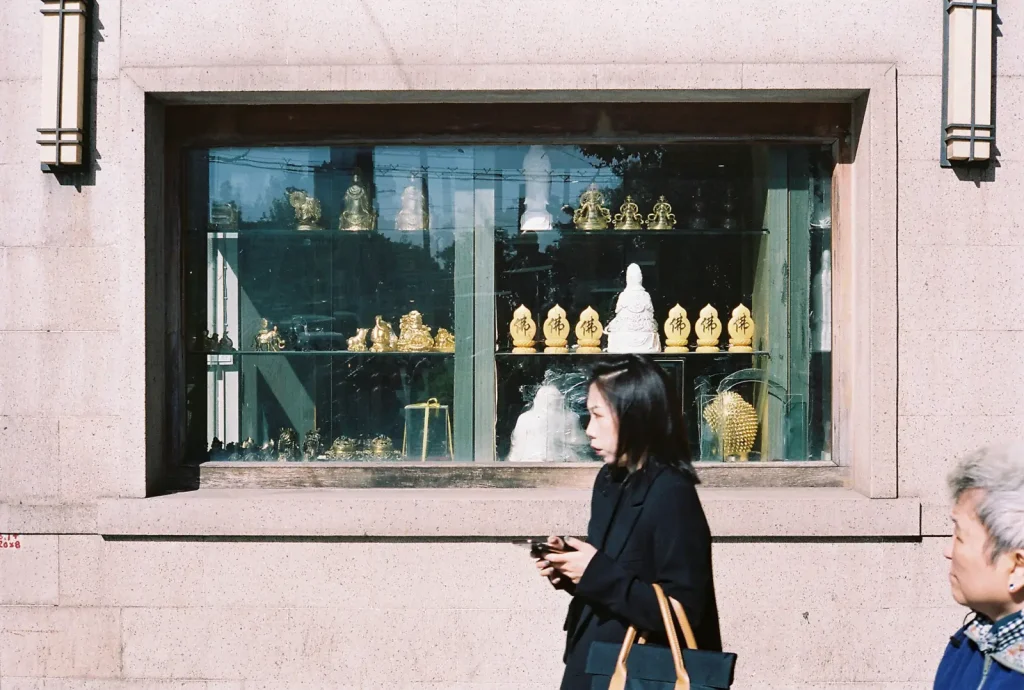
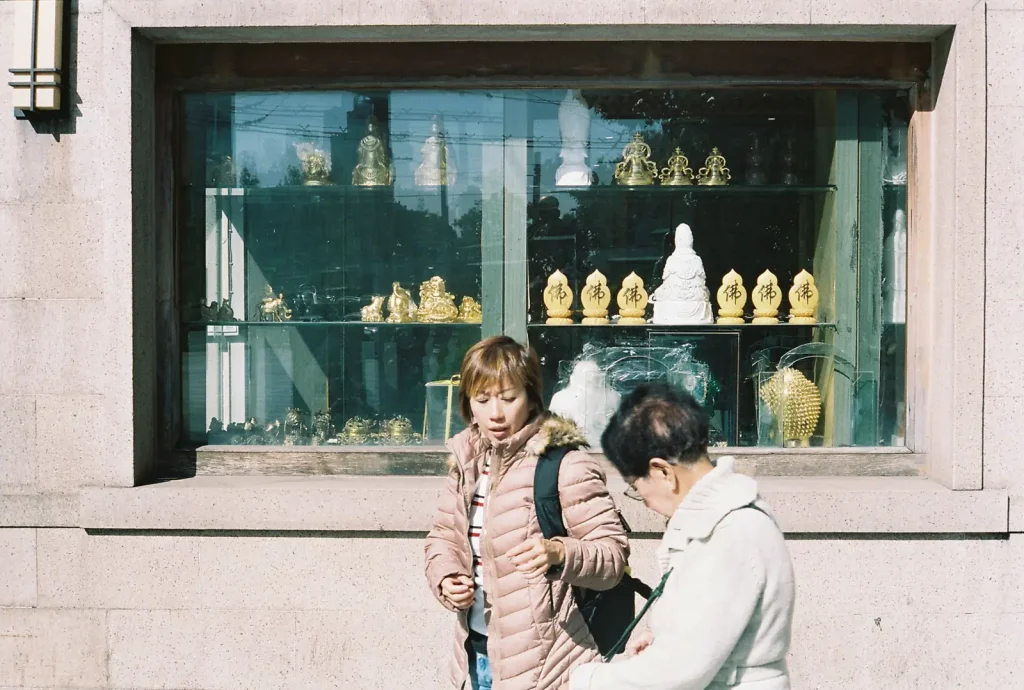
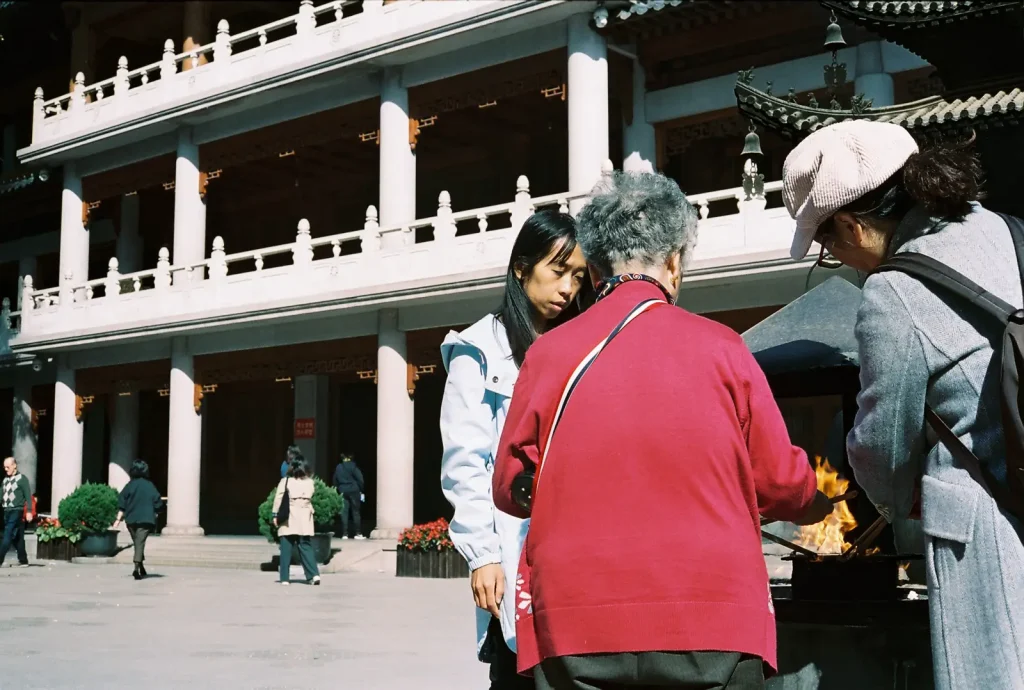
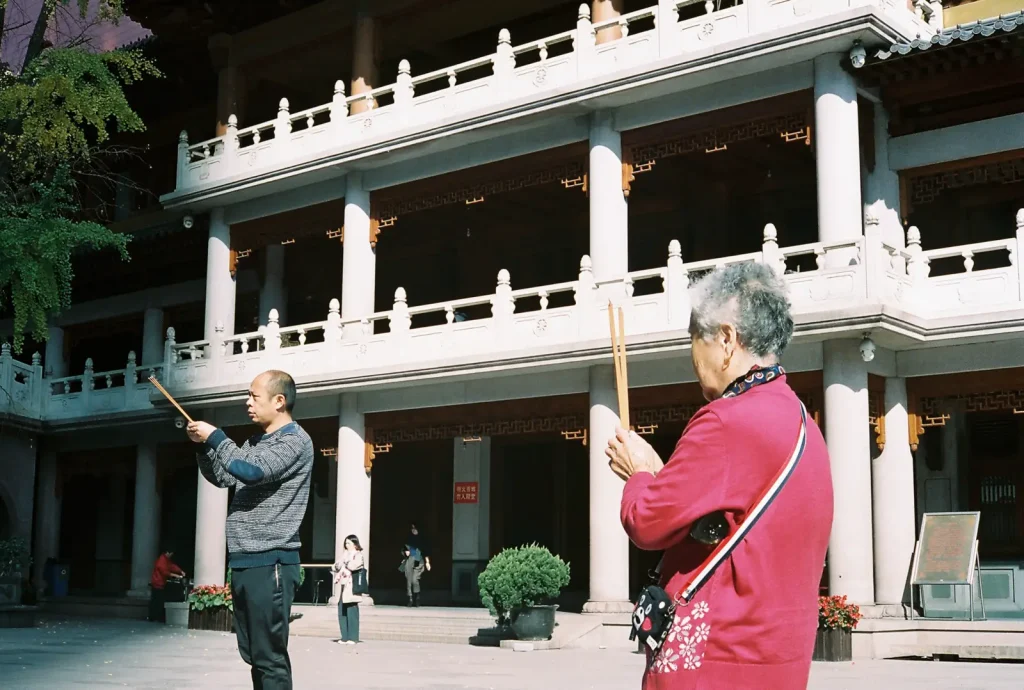
This is going well, then.
The 36 photographs in this #FullRollFriday piece were all shot in Shanghai, with the first two-thirds of them documenting the city’s Jing’an Temple.
There are a few architectural shots, which I don’t normally do, and a bunch of shots of the people down below from the second-floor walkway, which is an angle I don’t normally shoot from.
And yes, some of the latter are kind of similar to each other too. If I were making a zine here, I wouldn’t include them all. But I’m not. It’s a blog post about every shot from a roll of film, good, bad or indifferent, so I am.
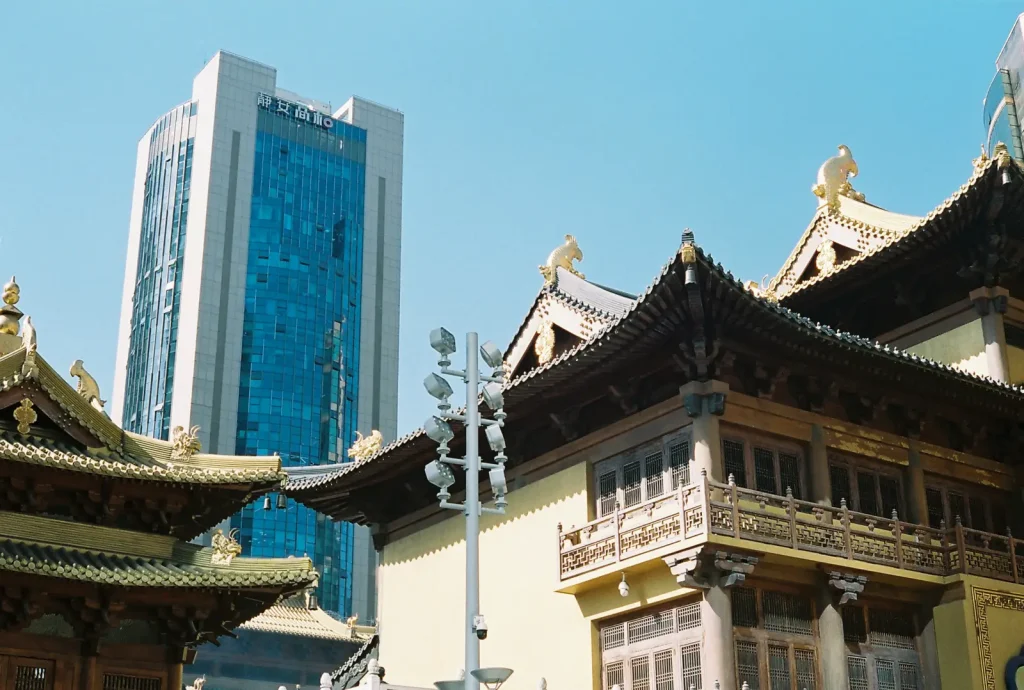
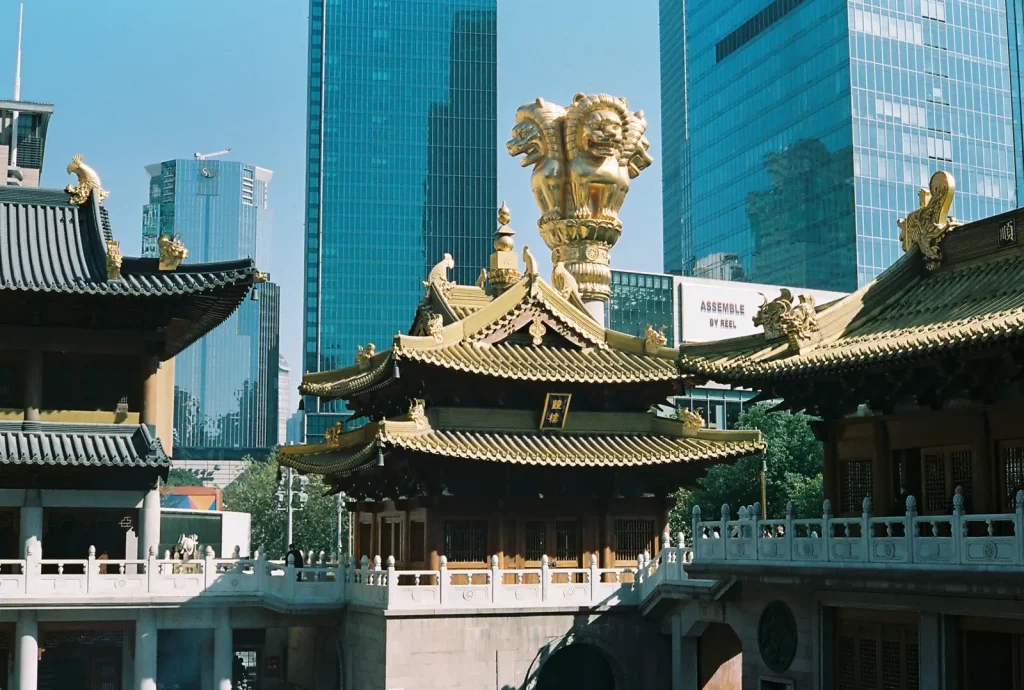
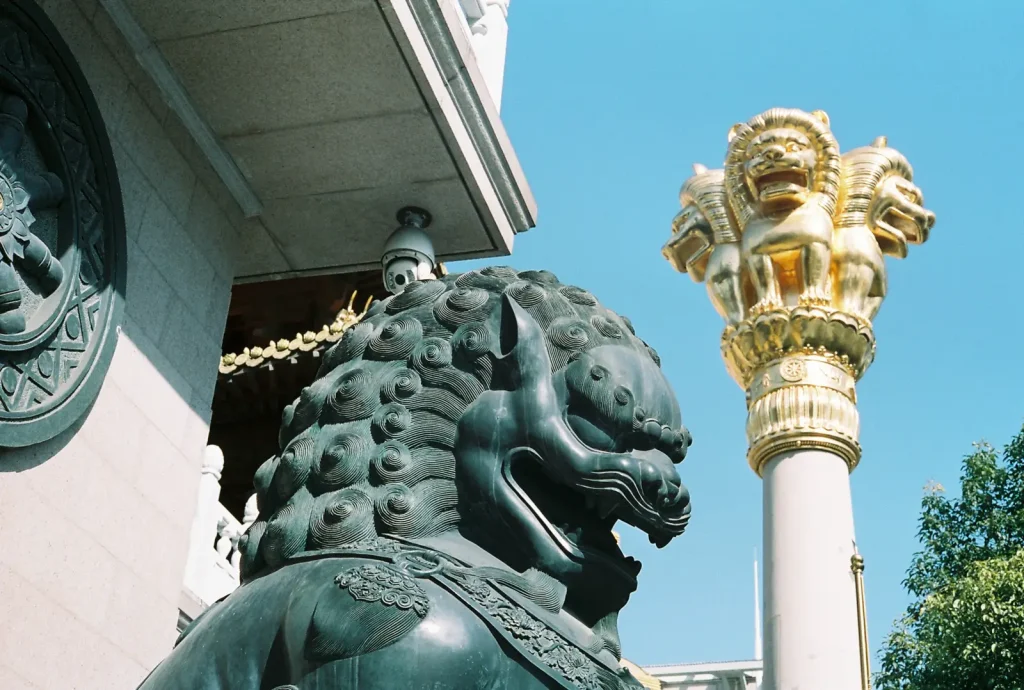
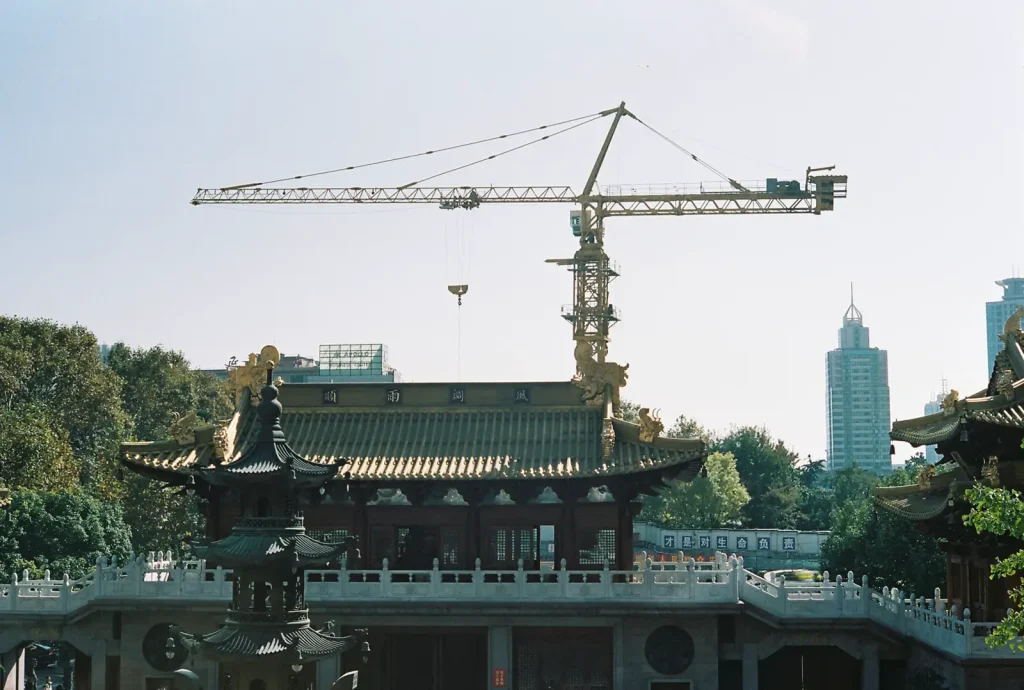
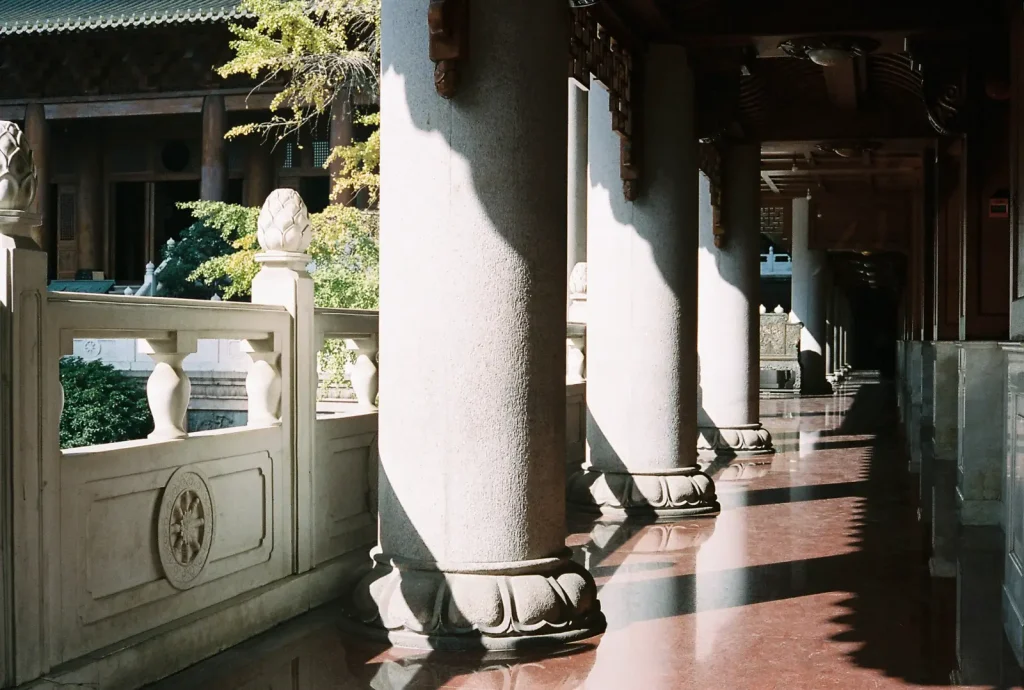
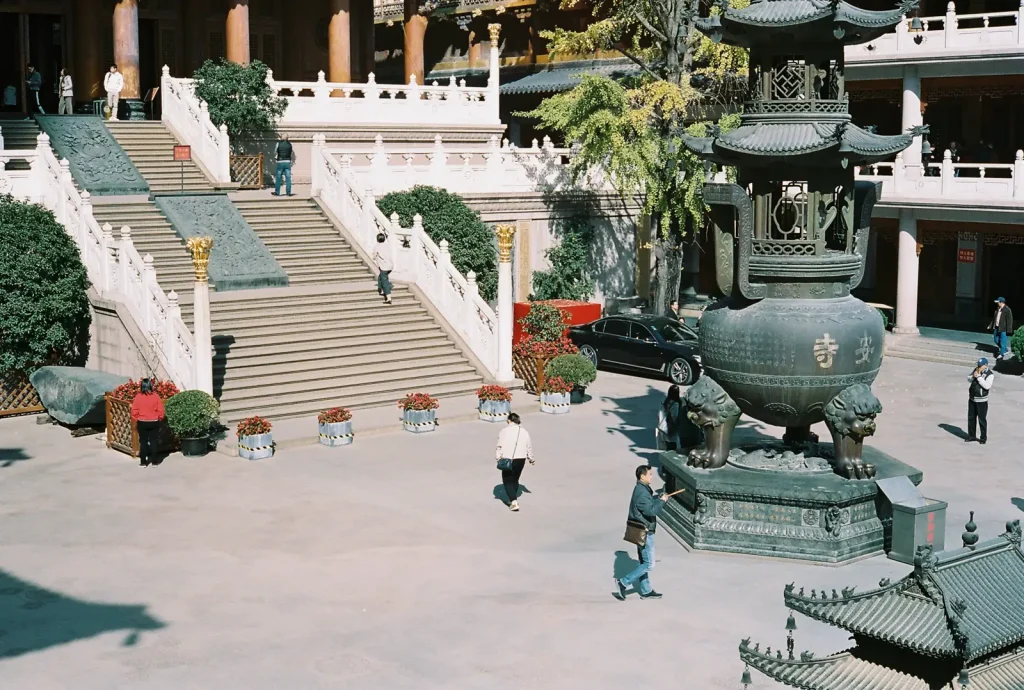
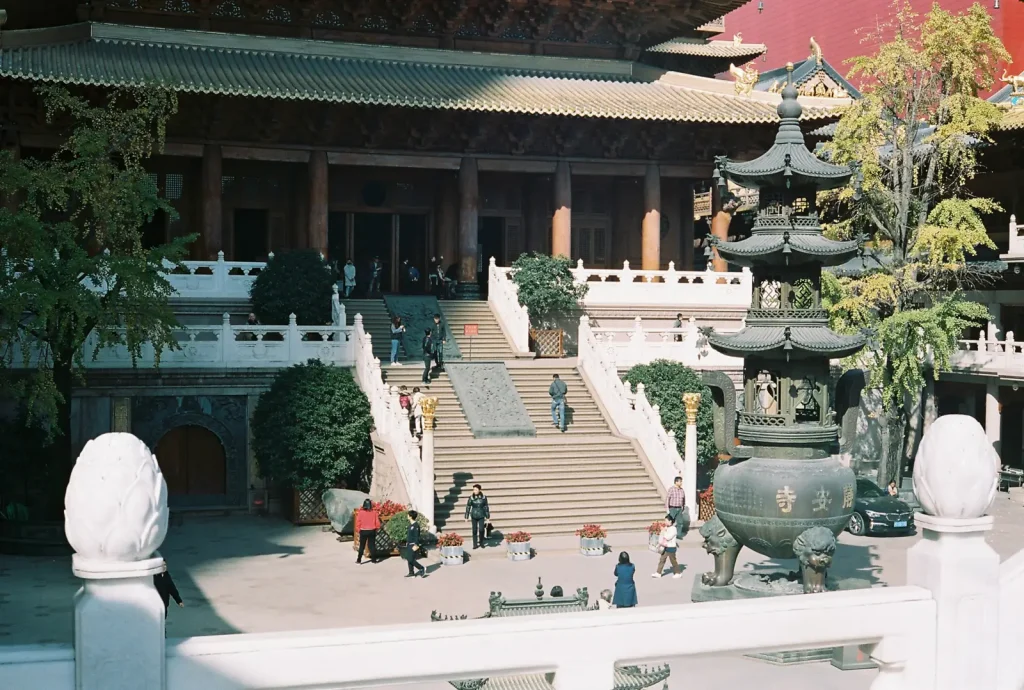
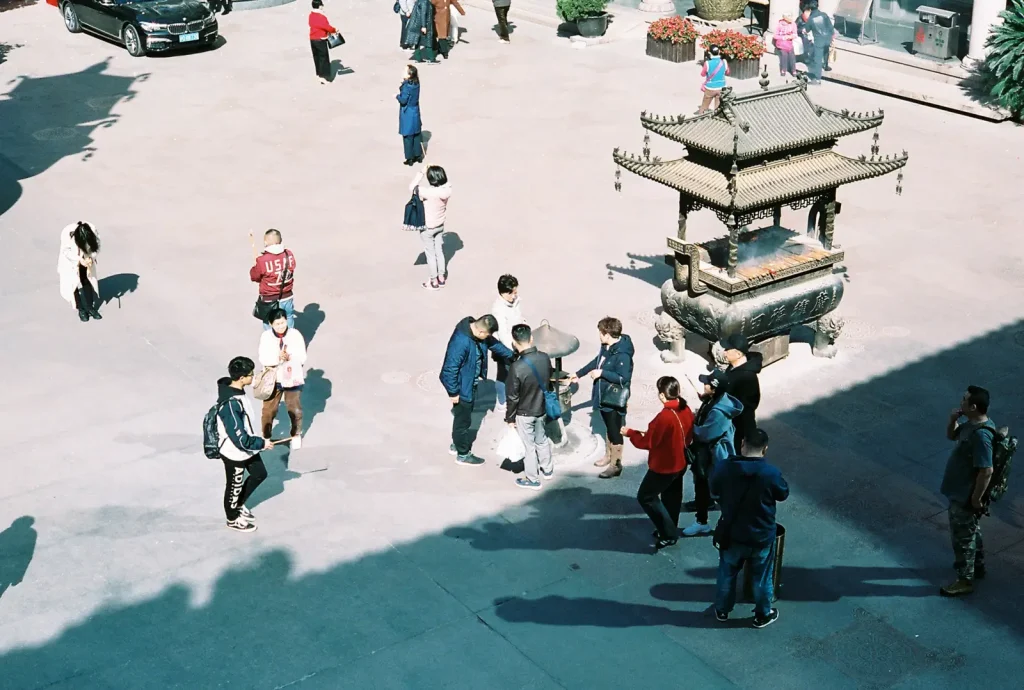
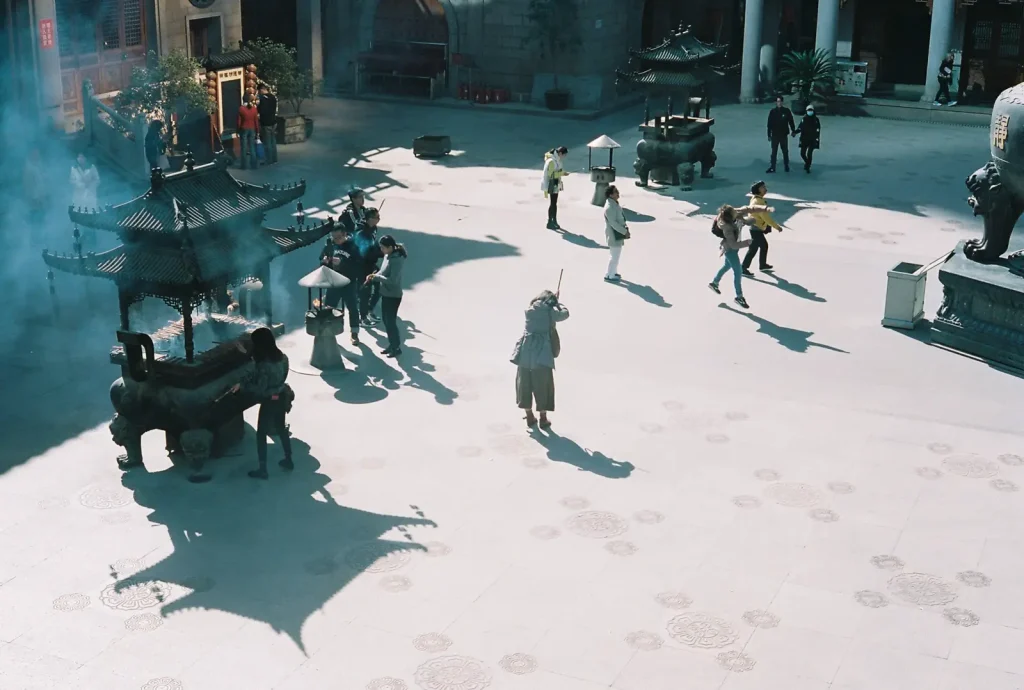
My usual photography is of people going about their business out in the street, and that’s a style I tend to bring to places like temples too. 36 architectural shots or wide scenes with lots of folk in them would bore me. I like to get closer to individuals or small groups and get some faces in there too.
So, being respectful of people’s personal space while they’re worshipping and whatnot, that’s what I did with these next photographs.
A couple of them have similar elements. In this case I’d probably pair them together in that fictitious zine to let them work together rather than leaving some out. But that’s probably because I like them more than the earlier ones.
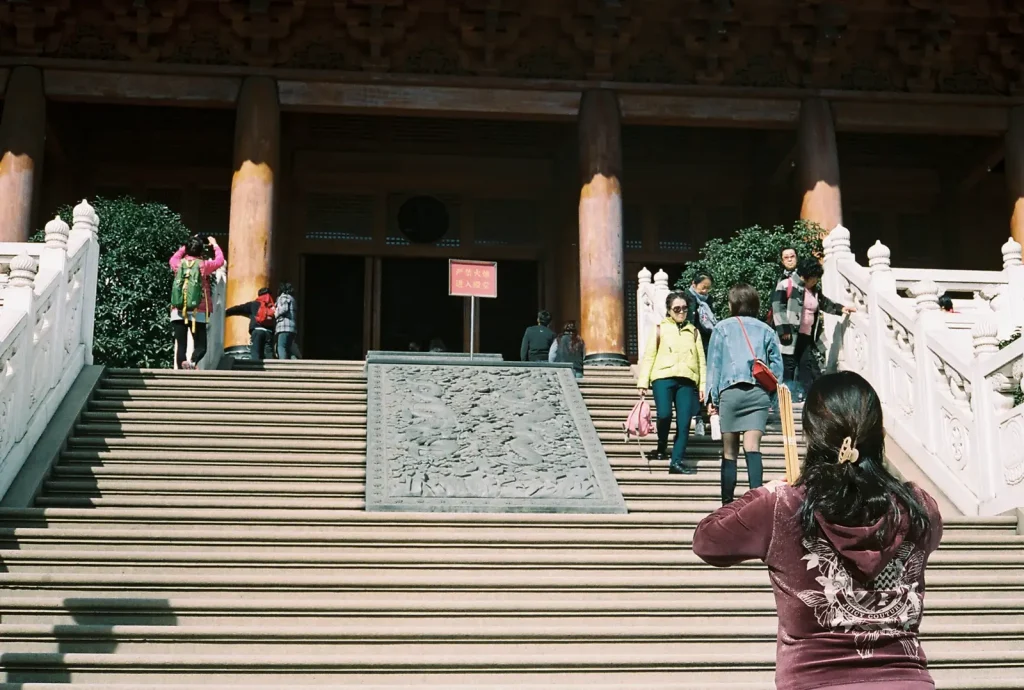
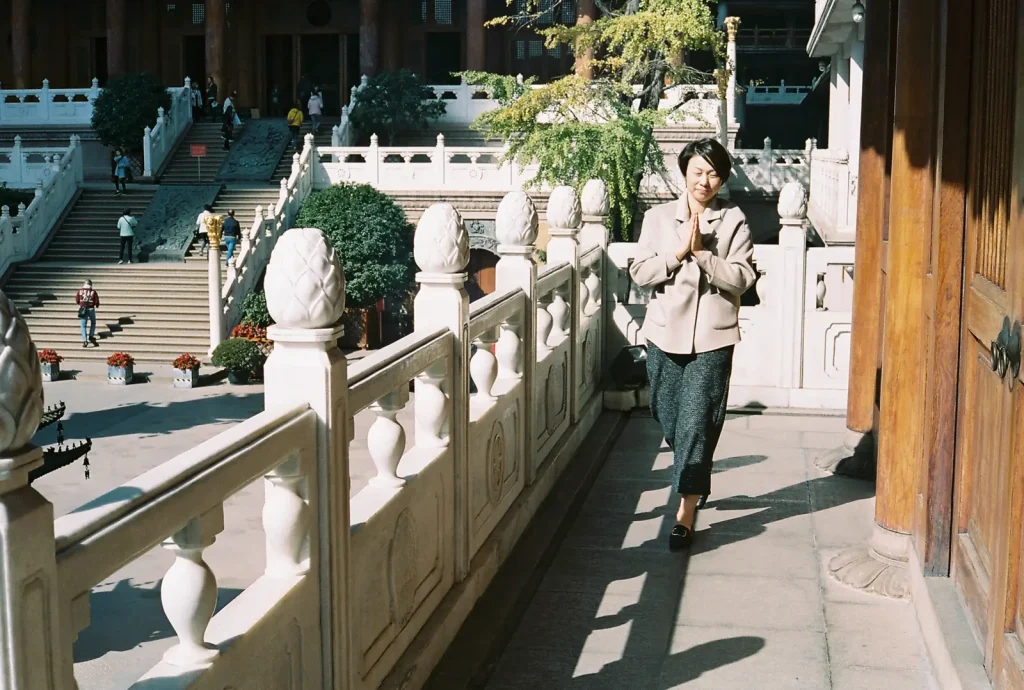
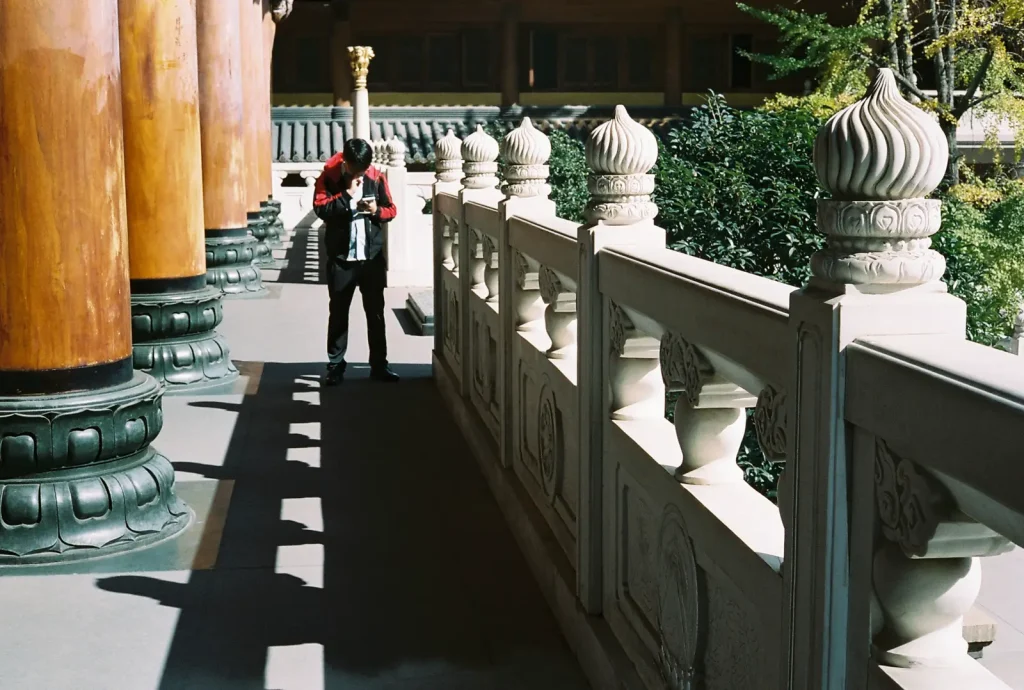
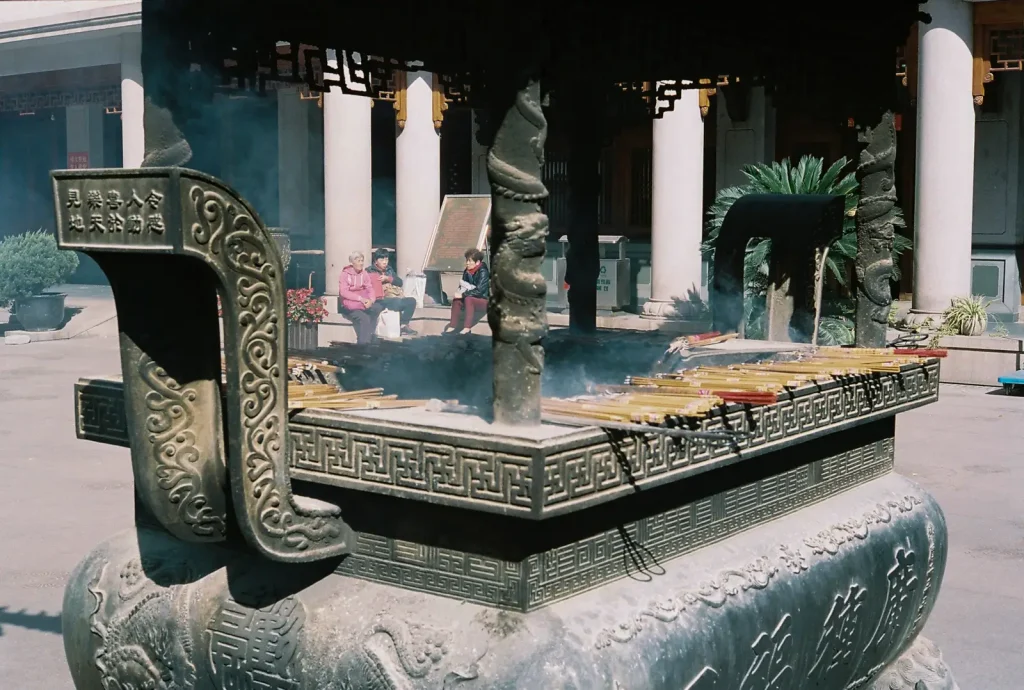
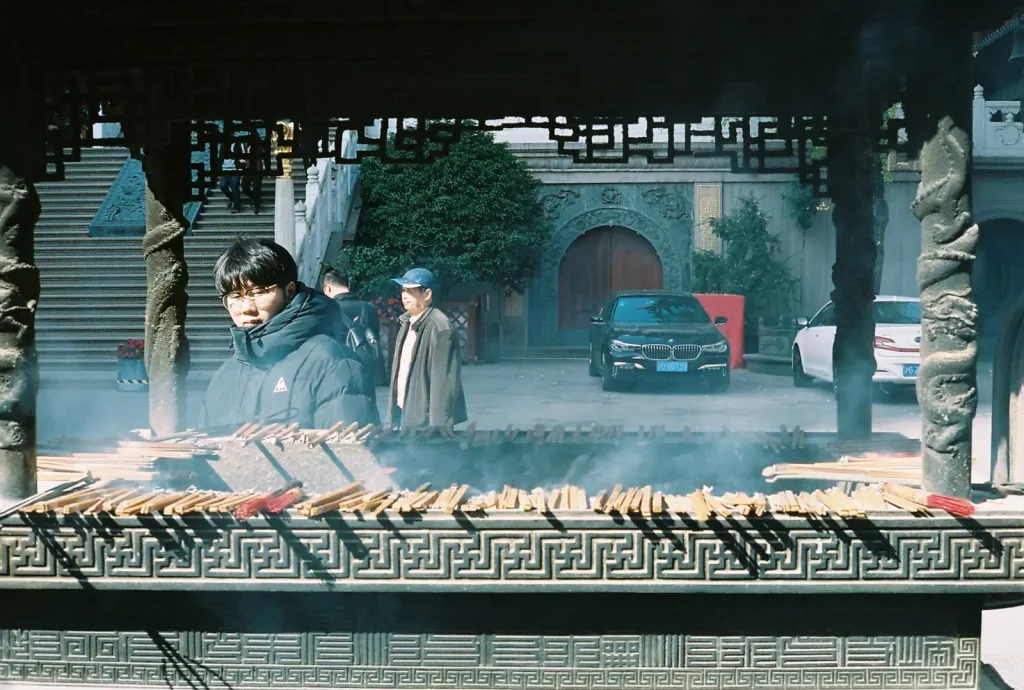
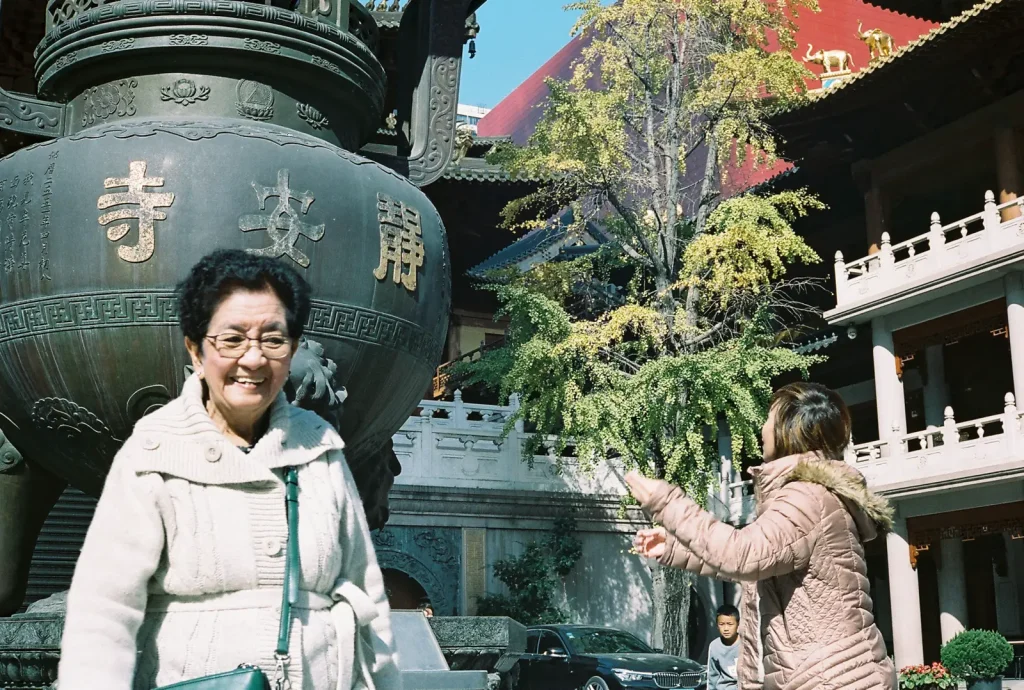
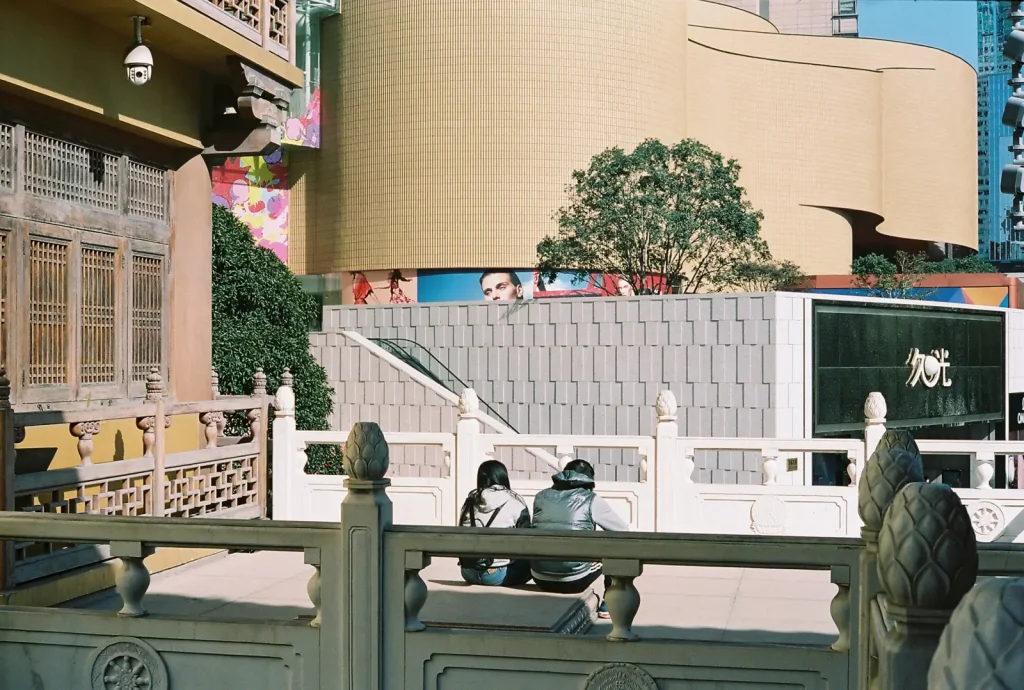
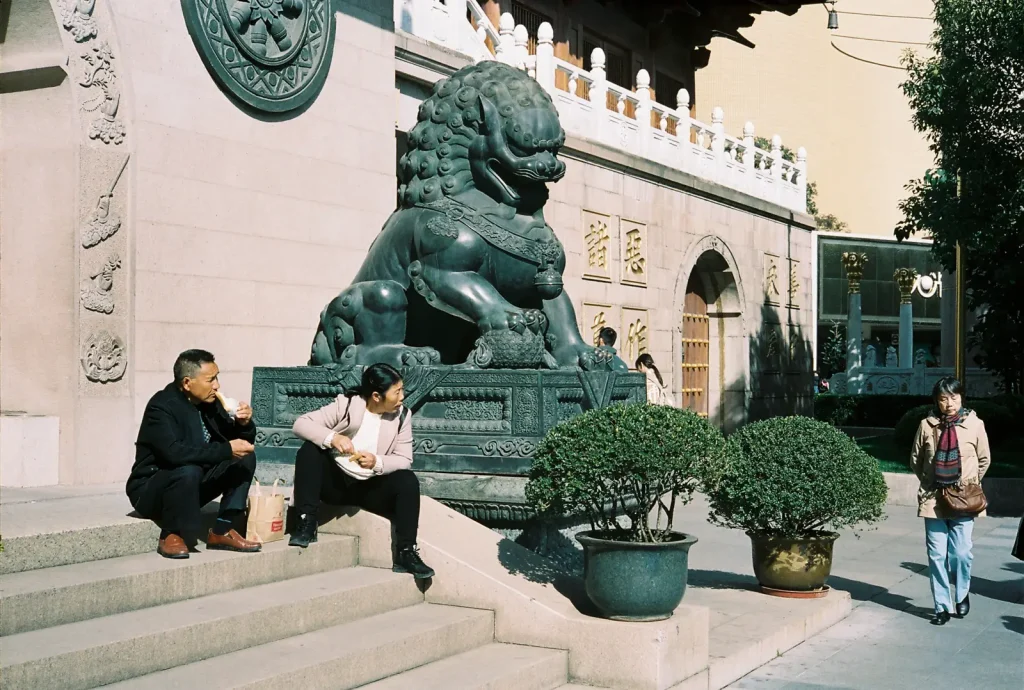
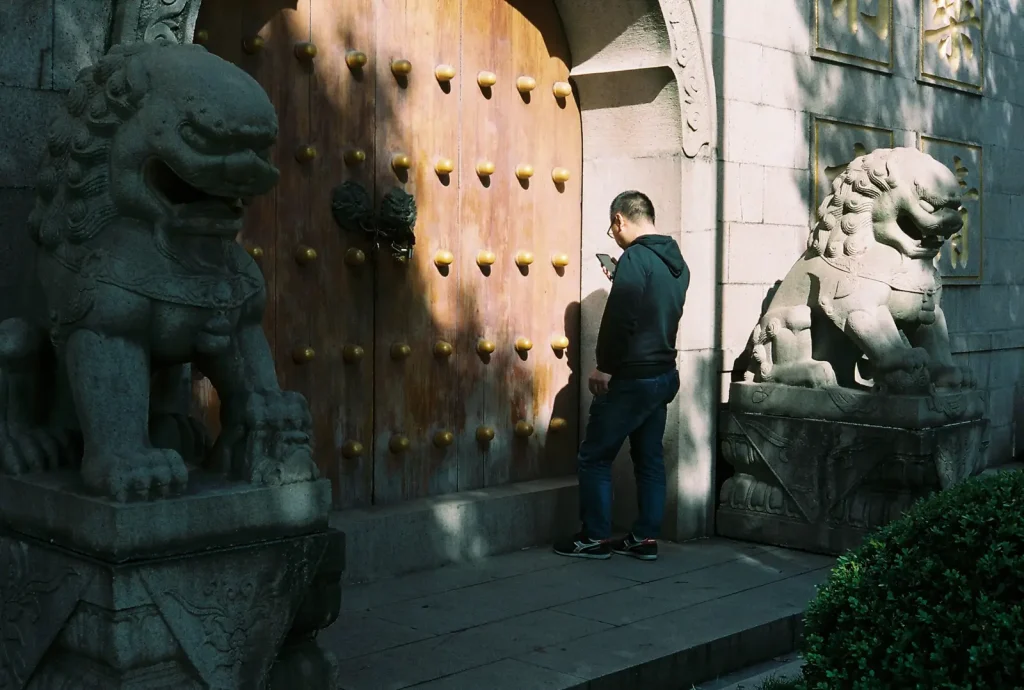
Once I’d finished in Jing’an Temple, I still had a third of this roll of Portra 400 to get through. To do this, I went back to a method that usually gives decent enough results in a pretty quick and efficient way. It’s a method that I’ll share with you right here.
When I’m out shooting in the streets, I’m not really looking for interesting people or even special things going on. Not primarily, at least. For me, it’s first about the light.
I feel an ordinary scene can become a good enough photograph in good light, but you’d need a more unusual scene to make a similarly pleasing photograph in poor light. You can also spend a whole day looking for the latter and finding very few, whereas the former will be around every corner.
My process to find these situations is not complicated or particularly ingenious. But it does work and if you’ve not tried it before, I do think it could help.
It basically involves finding an area big enough that I can walk for long enough in one general direction with the sun on my back illuminating everything in front of me. This gives good light on people’s faces – which I like, especially with eye contact in the photographs too – and good light and shadows on the scenery behind them.
It also eliminates the need to be looking around and behind you all the time to spot scenes to shoot. This is where the efficiency comes in as you know that all the good light is in front of you.
And finally, to bring this full circle, exploring different streets whilst doing this gives you enough opportunities to have good variety in your set as well.
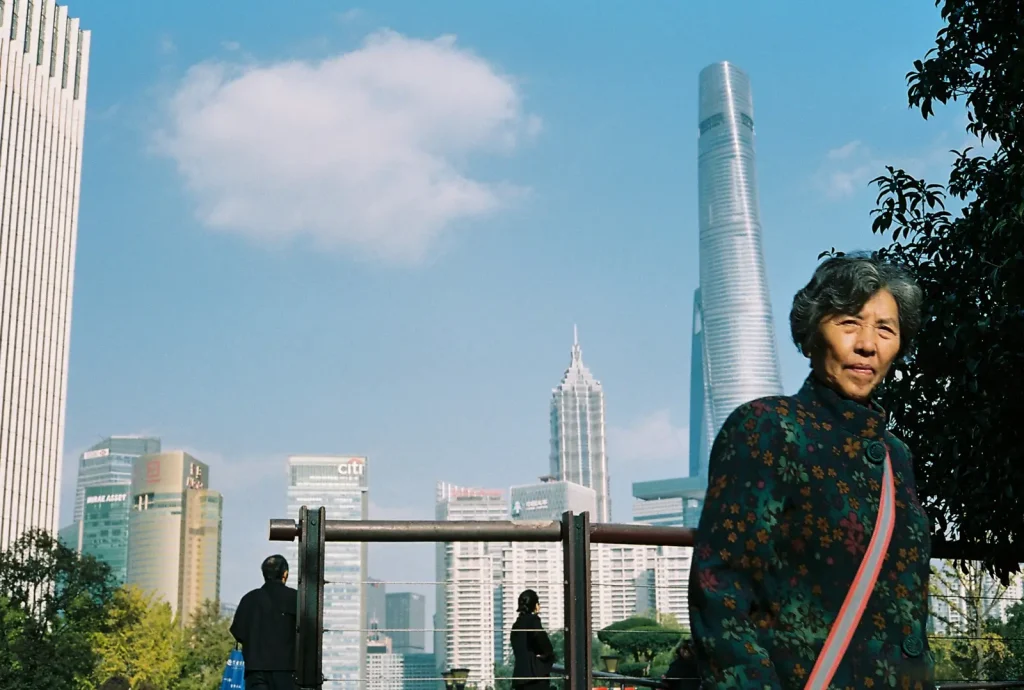
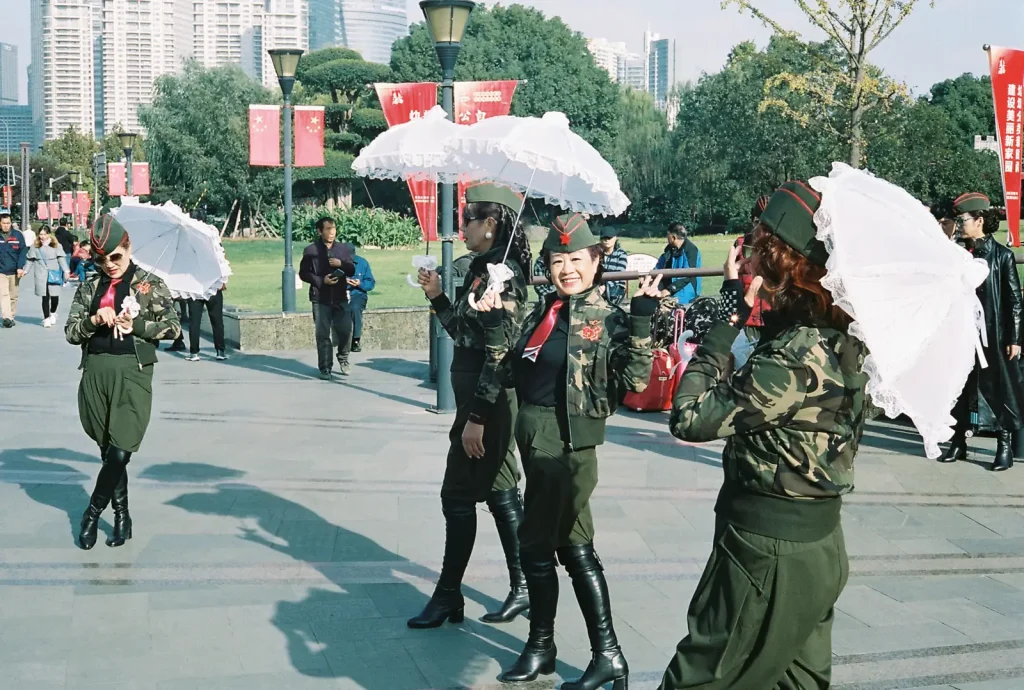
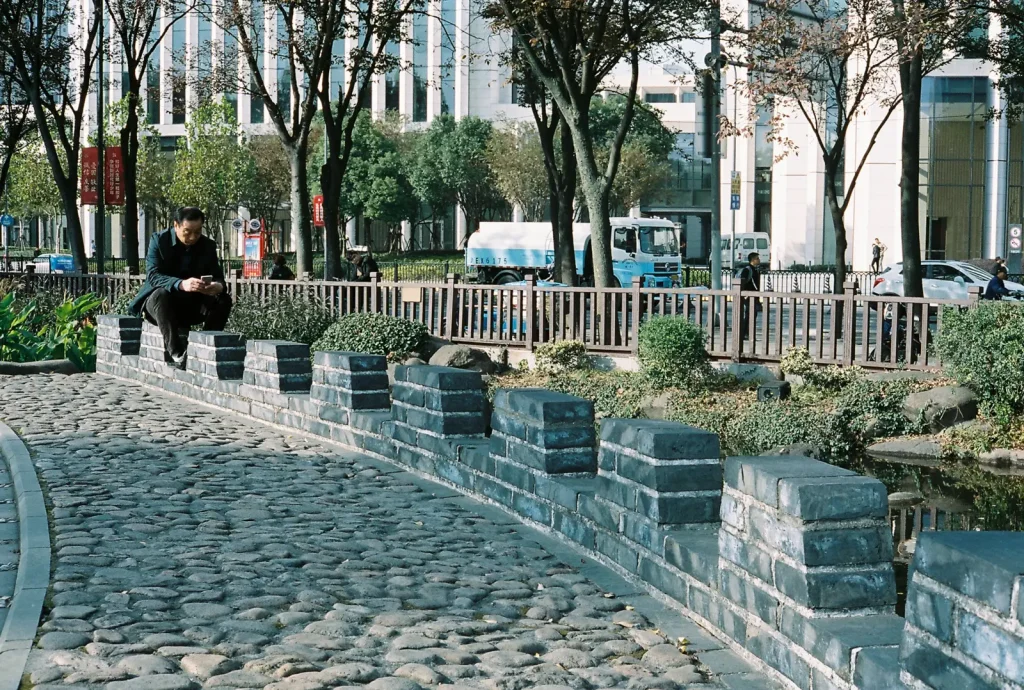
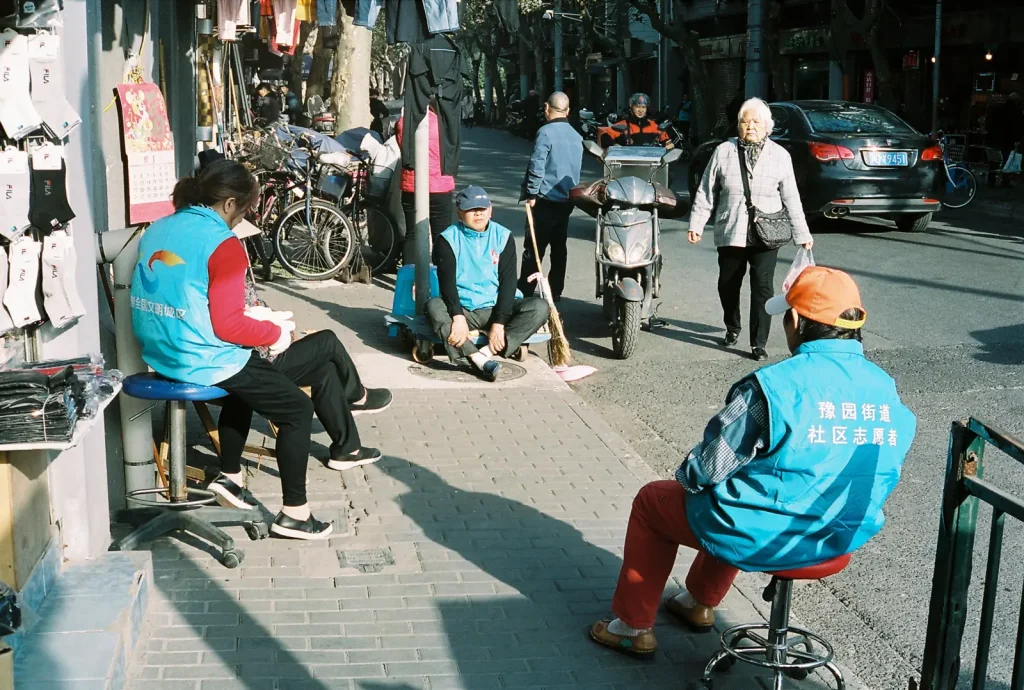
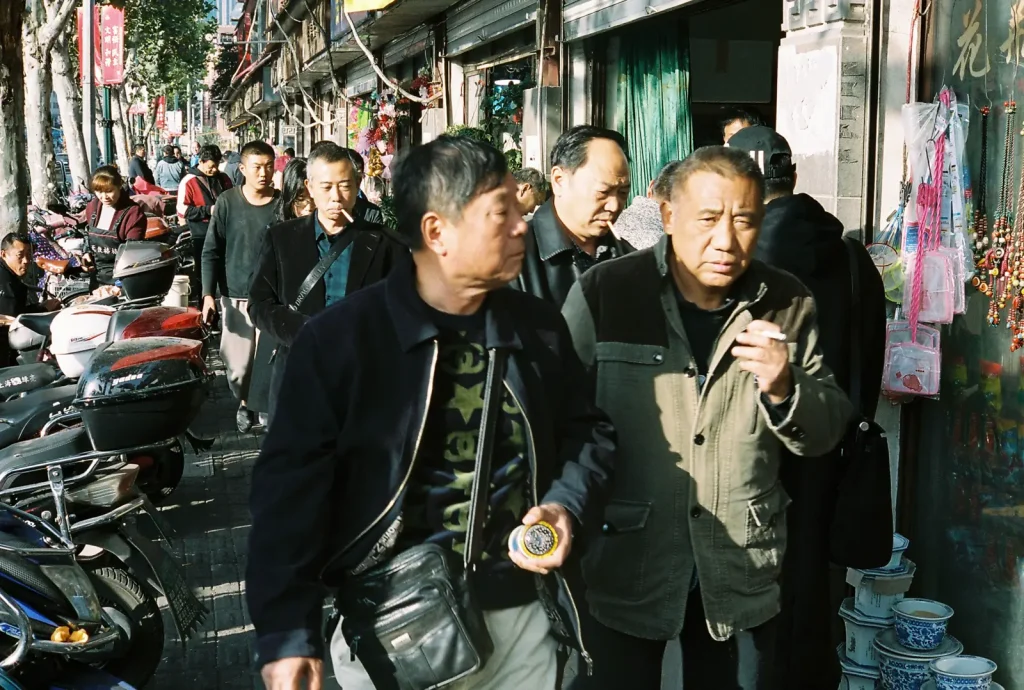
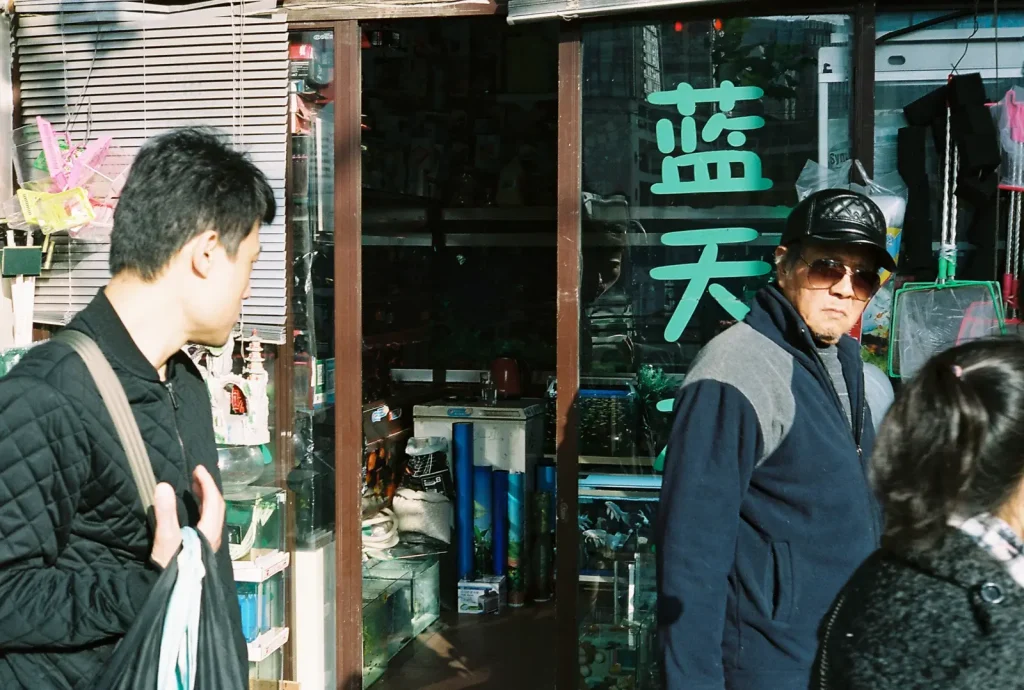
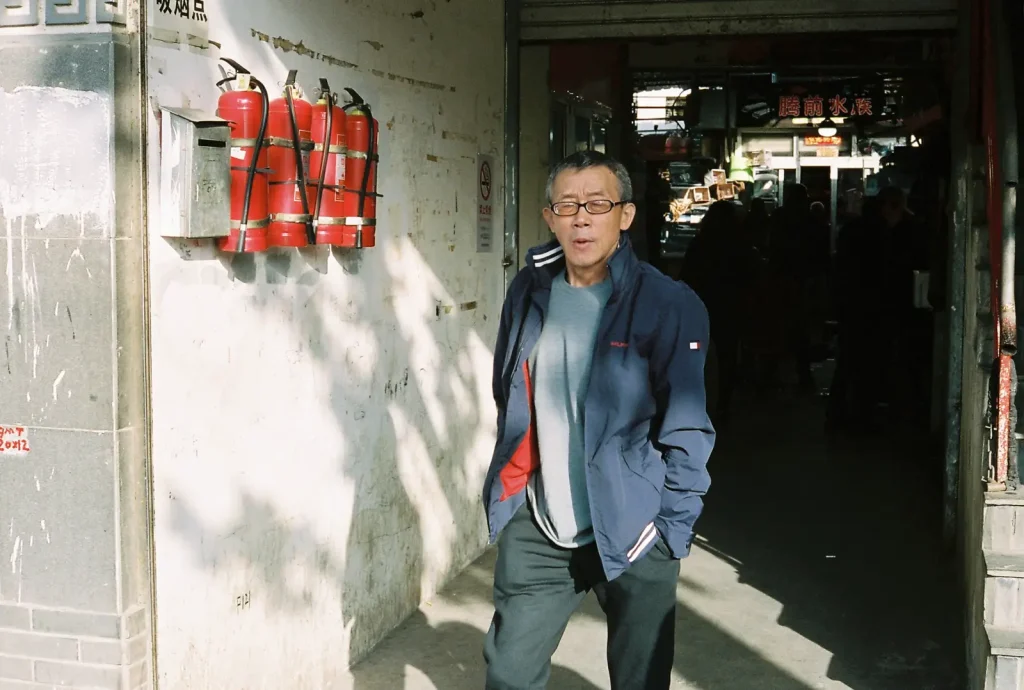
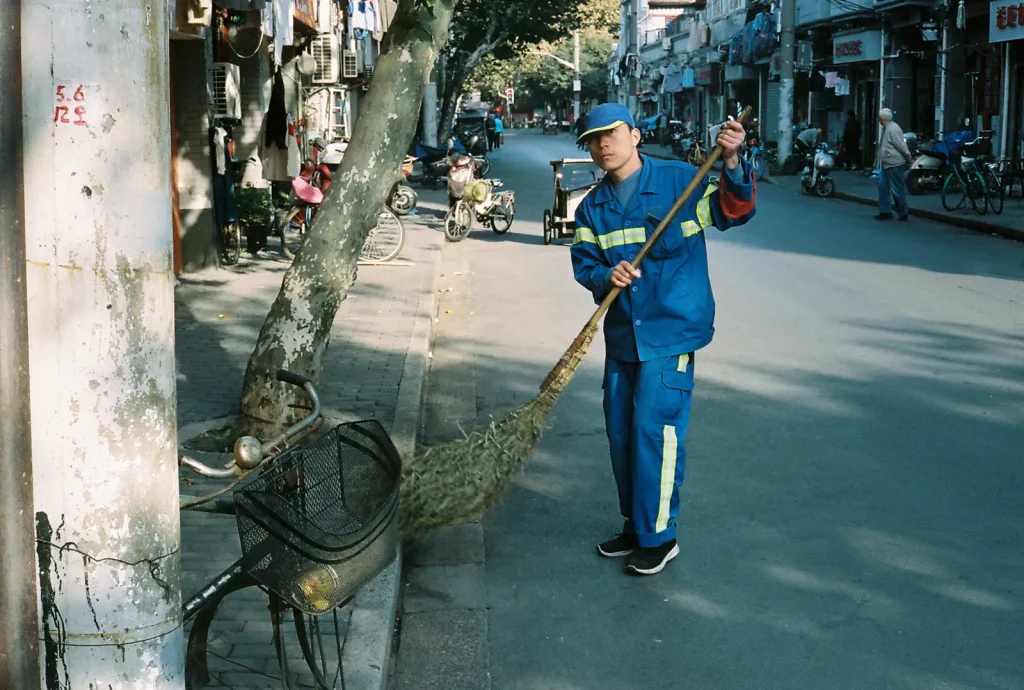
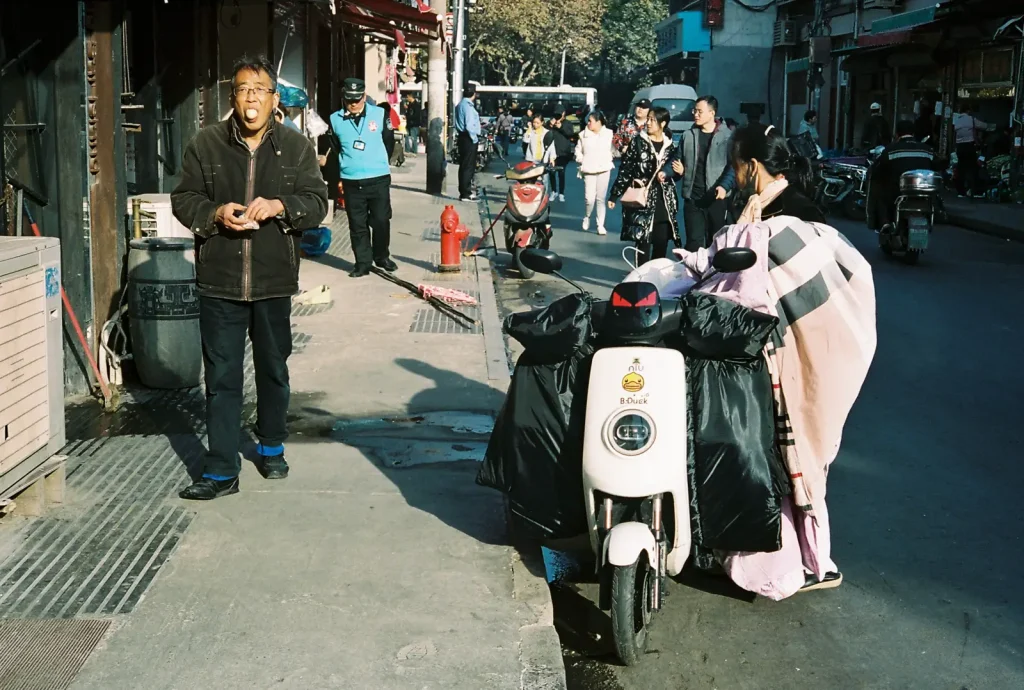
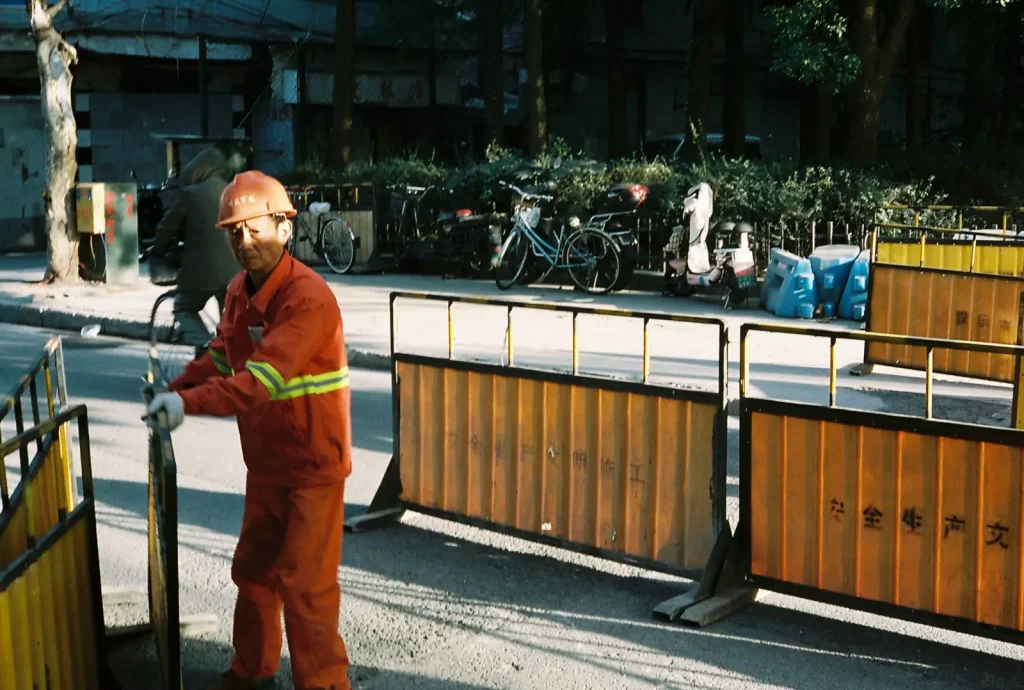
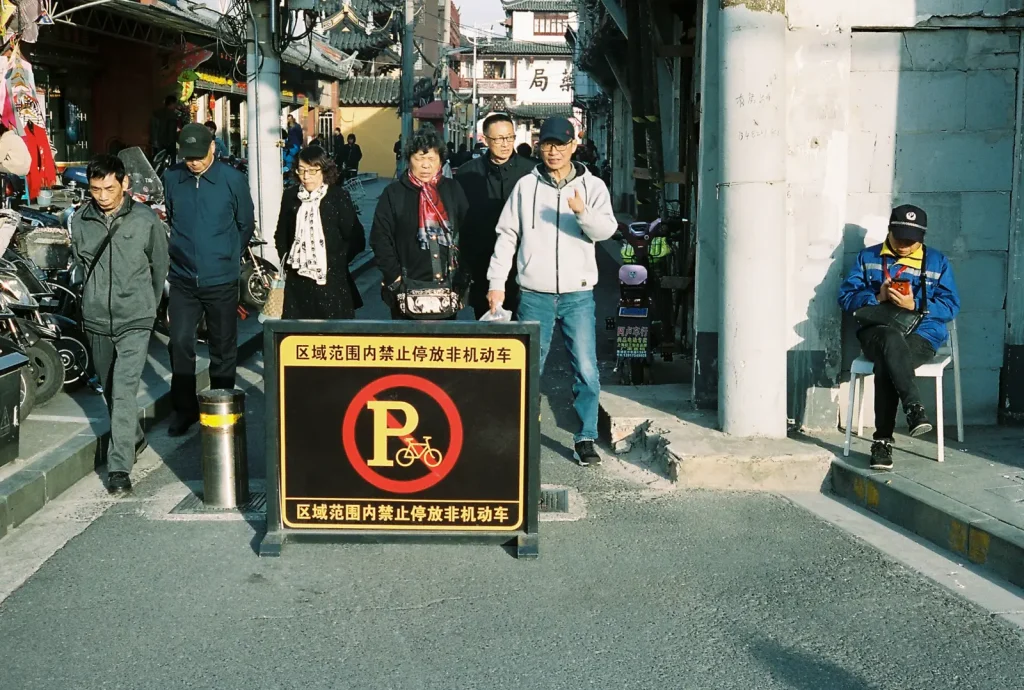
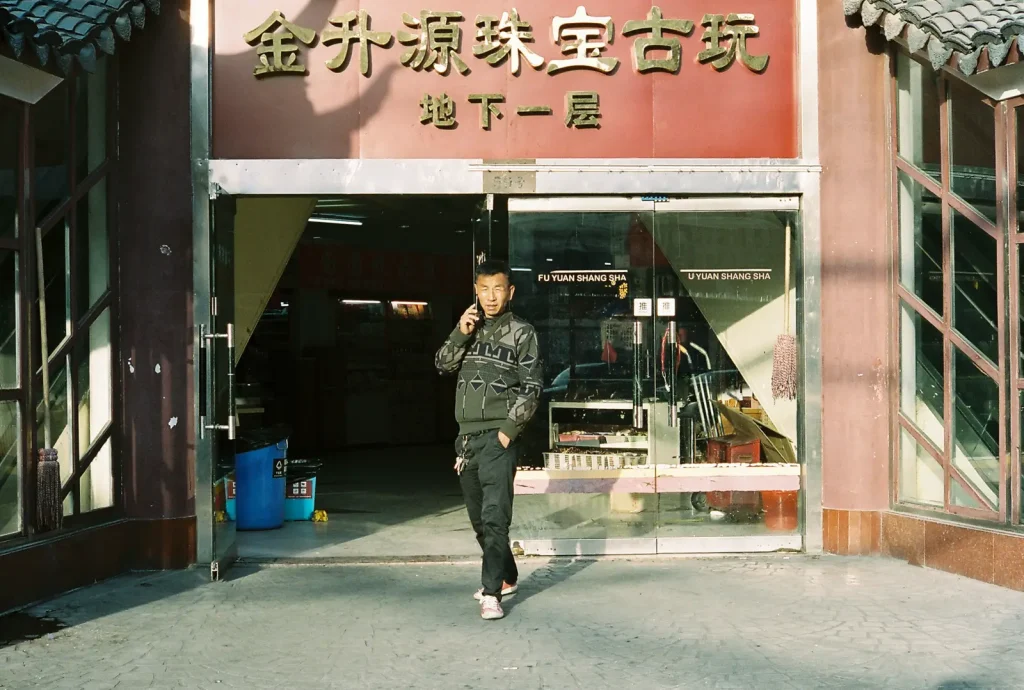
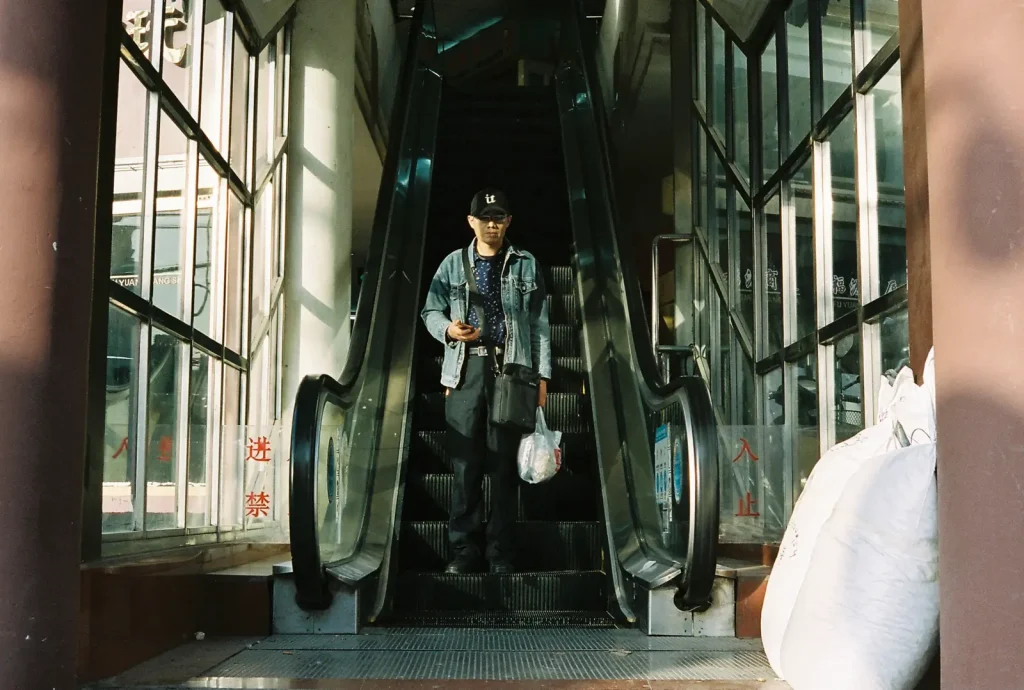
And that is pretty much that. You might be on the opposite end of the scale to me and shoot for quality over quantity. Two things eighteen times or something. You might have no interest in walking the streets finding strangers in good light. That’s all good. This is just what I do.
I also write about it, along with my thoughts on the films I try. Like in the case of the Portra 400 that was used here. As films go, it’s a pretty good one to present every shot you got on a single roll. So why not consider doing that yourself too.
Share this post:
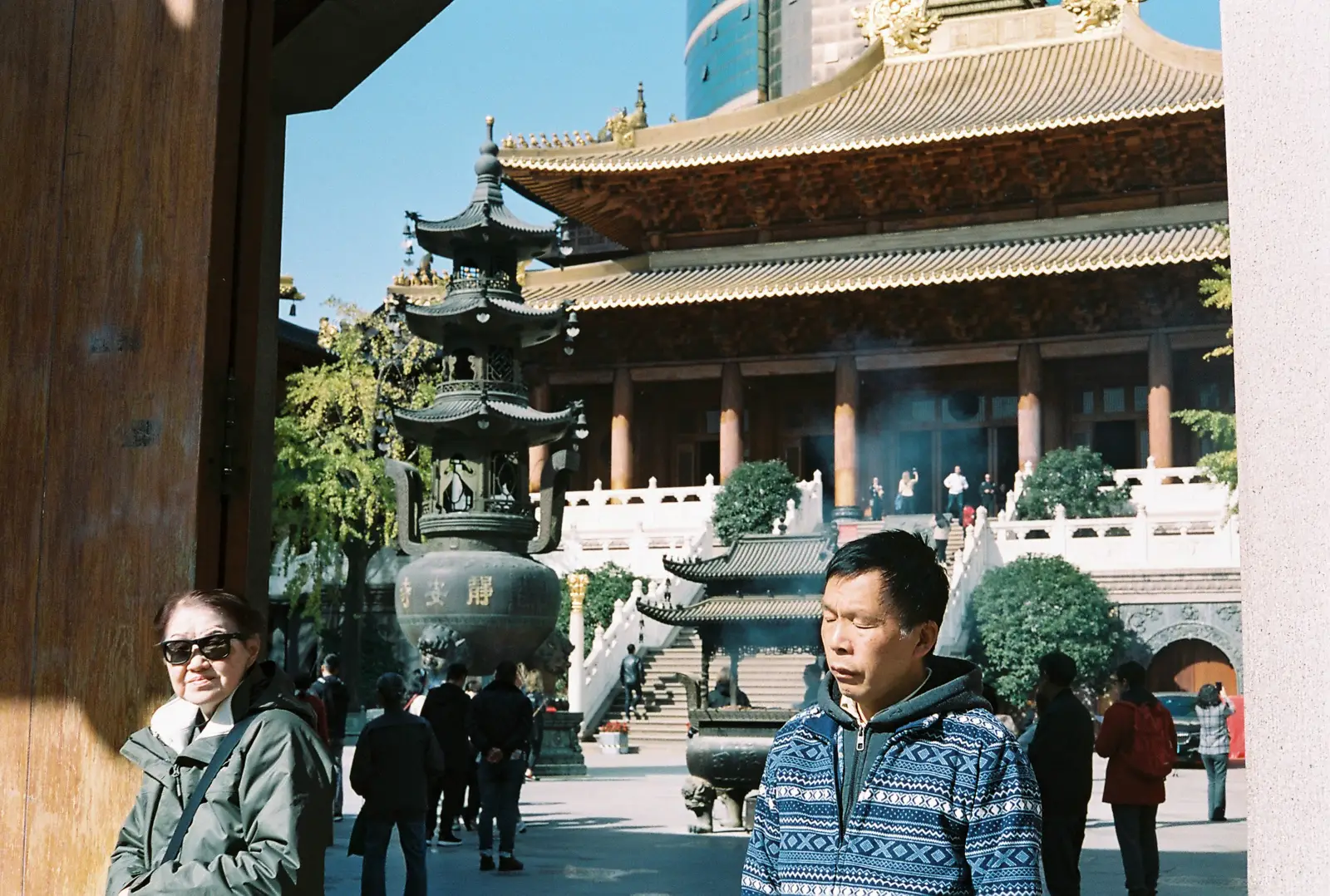








Comments
Eric Norri on 36 frames / A Whole Roll of Kodak Portra 400 – #FullRollFriday – by Lee Webb
Comment posted: 29/05/2020
Comment posted: 29/05/2020
Alan on 36 frames / A Whole Roll of Kodak Portra 400 – #FullRollFriday – by Lee Webb
Comment posted: 29/05/2020
Comment posted: 29/05/2020
James Evidon on 36 frames / A Whole Roll of Kodak Portra 400 – #FullRollFriday – by Lee Webb
Comment posted: 30/05/2020
Comment posted: 30/05/2020
Khürt Louis Williams on 36 frames / A Whole Roll of Kodak Portra 400 – #FullRollFriday – by Lee Webb
Comment posted: 31/05/2020
Film is so expensive to purchase and develop that each frame is week considered before I press the shutter button. Only after I see the scanned negative do I realise that I could have done better.
Comment posted: 31/05/2020